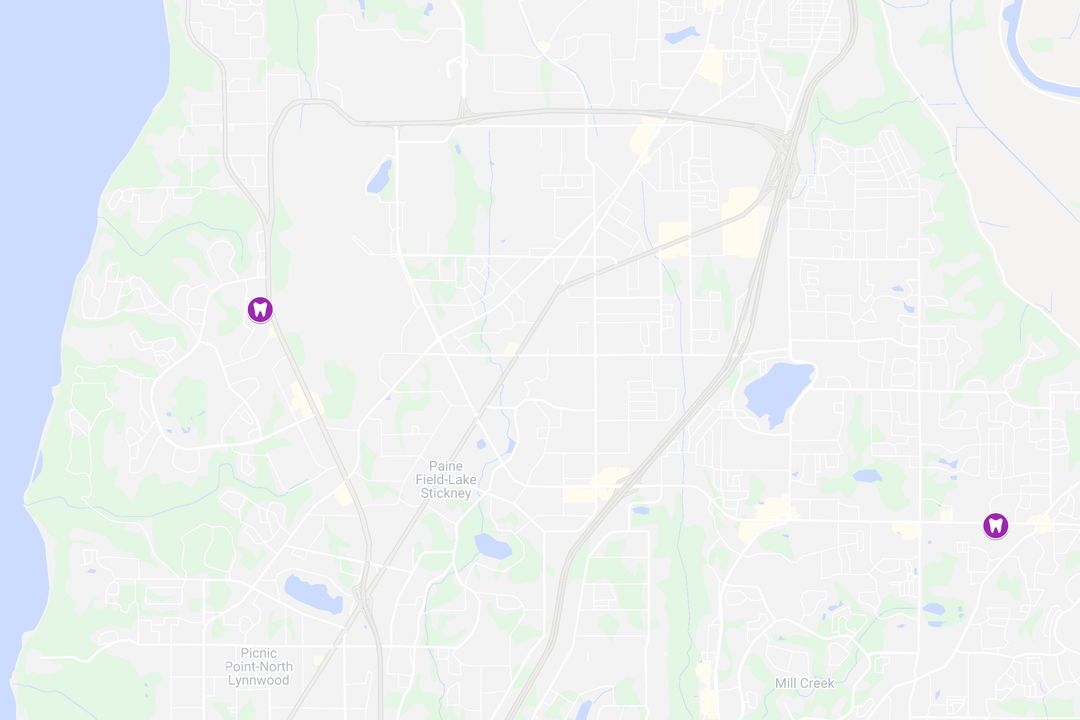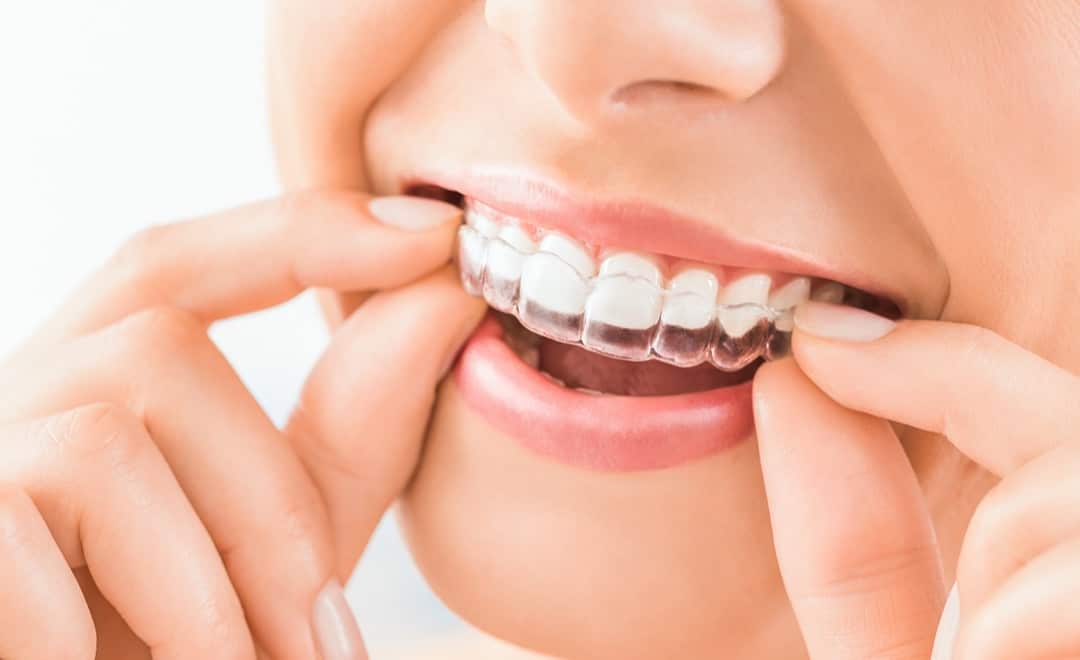By the age of 12, your child likely has all of their permanent teeth. This is typically the time when Dr. Chad Carver, DMD, at Stellar Family Orthodontics in Mukilteo and Everett, Washington, starts discussing their orthodontic options, like braces or clear aligners. But did you know that early intervention can help shorten your child’s orthodontic treatment time?
Early intervention, or Phase 1 and 2, intercepts the development of common orthodontic concerns, such as a bad bite or malaligned teeth. By addressing these problems early on, Phase 1 and 2 treatment can help build the proper foundation for healthy teeth and jaw development.
What is Phase 1 treatment?
Phase 1 is an interceptive orthodontic treatment that typically occurs between the ages of 6 and 10, when your child still has a mix of baby teeth and permanent teeth. Orthodontists recommend Phase 1 treatment for children who are at risk of severe orthodontic problems, such as:
- Crowded teeth
- Impacted teeth
- Speech impediment
- Crooked teeth
- Buck teeth
- Protruding teeth
- Overbite or underbite
- Crossbite or open bite
Like any orthodontic treatment, Dr. Carver creates an individualized plan to ensure your child is meeting their developmental milestones. Common Phase 1 treatments include:
Retainer
A specialized retainer helps keep your child’s teeth in place, so they can emerge properly aligned.
Short-term braces
Braces during Phase 1 treatment are only meant for select teeth, since your child’s jaw and teeth are still developing. They’re typically removed within 6-18 months.
Headgear
Headgear is an appliance that attaches to your child’s orthodontics and wraps around their head. It’s typically only worn at night to support proper jaw alignment.
Palate expander
A palate expander is a discreet metal appliance that Dr. Carver places in your child’s top arch to expand their upper jaw. This helps create extra room for developing teeth.
Space maintainer
Space maintainers preserve the space left behind by missing teeth. If your child loses a baby tooth too early, a space maintainer prevents the surrounding teeth from shifting into the empty space.
What is Phase 2 treatment?
Phase 2 treatment typically refers to traditional braces. Most adolescents are fitted for braces around ages 11 or 12, once all their permanent teeth have emerged. It’s important to wait until all your child’s baby teeth, or milk teeth, are gone before preparing for braces. This minimizes the risk of their teeth shifting after braces.
Phase 2 treatment time
Most adolescents wear braces for about 18 months to 3 years, but some treatment periods can last for 4 years.
Phase 2 aftercare
Once your child has completed their Phase 2 treatment, a custom retainer will be created to ensure their newly aligned teeth stay in the correct position. Dr. Carver will conduct a thorough assessment of your child’s teeth and bite to determine which type of retainer is best for their case. A fixed retainer is a metal appliance that bonds to the back of the teeth in the upper arch, lower arch, or both. A removable retainer can be taken out and reinserted.
Interested in learning more about Phase 1 and 2 treatment? Schedule a free consultation with Stellar Family Orthodontics today!




